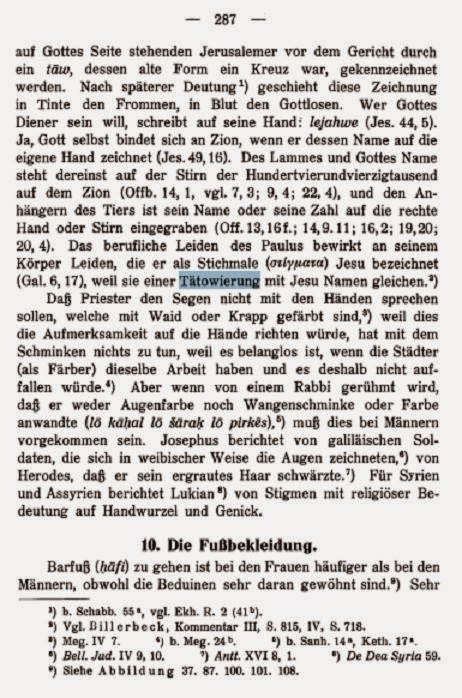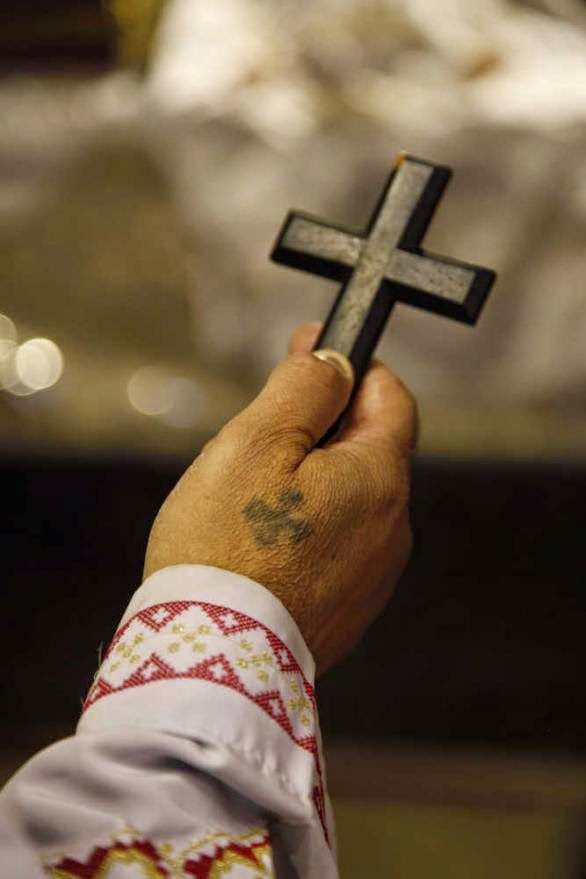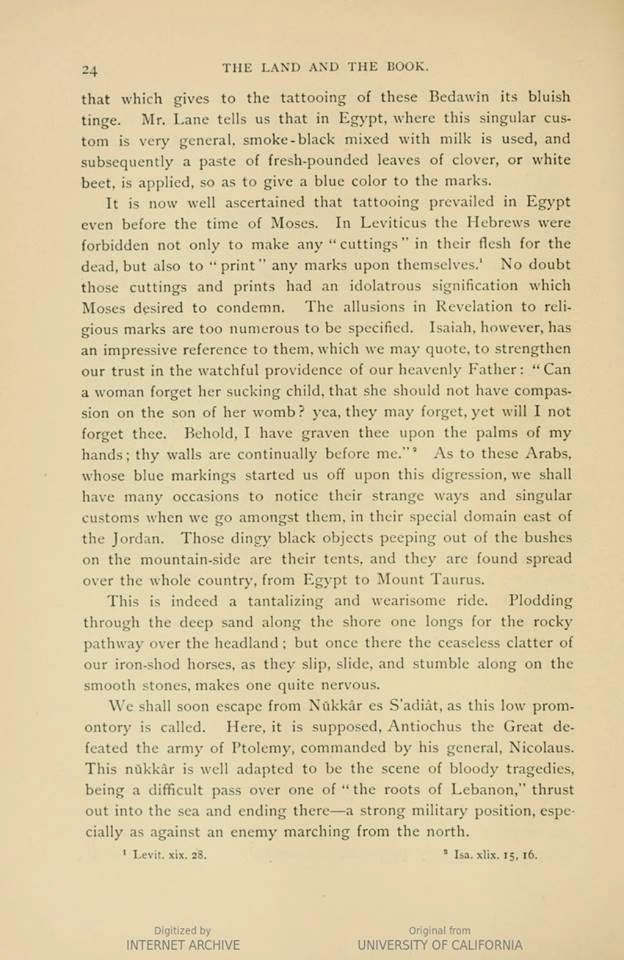Preferred Citation: Christ, Carol T., and John O. Jordan, editors
Victorian Literature and the Victorian Visual Imagination. Berkeley: University of California Press, c1995 1995.
SOURCE
Mr. Meeson's Will (online literature)
Augusta Smithers is a frustrated best-selling first
author, financially cheated by her contractual obligations to the huge
Birmingham firm of Meeson's. A series of improbable events precipitates
her into love with the proprietor's son—and precipitates her and the
father overboard together in the subsequent shipwreck of a passenger
liner. Washed to a forlorn shore with him and a few other survivors,
Augusta arrives at the moral dilemma of the novel: whether to sacrifice
herself, out of love for her fiancé, to allow the dying and now
repentent father to write a last will that would reverse his recent
disinheriting of the young man. The difficulty is that in the absence of
all normal writing materials, the amended will can only be inscribed on
her neck and shoulders by a sailor, one Bill Jones, willing to
undertake the tattooing assignment. If she had wanted, for instance, "a
fancy pictur of your young man, I might manage it on your arm," but for a
"doccyment" of the sort in question "one wants space."[11] Instead of indulging herself with an erotic fetish, then, she must in her own person become a legal one. Augusta
of course stalwartly submits to the painful inscription (Fig. 95). She
then delivers the signature and dictates of paternal intention into a
court of law, where the very admissibility of her text, of herself as
text—still sight unseen—is ponderously debated, only to be read into
evidence at last in an eroticized spectacle of disclosure that saves the
day and
helps unite her with her lover (Fig. 96). This resulting union with her
fiancé is witnessed by his embrace of the heroine's body, marked as it
is by the material index, the wound, of familial sanction and
continuity. From financially abused writer to painfully inscribed text:
such is the heroine's sacrificial decline. If woman in the standard
Victorian marriage plot may at any point operate merely as signifier of
patriarchal intentionality, sign and prize of a hero's coming into his
majority, here the fiancée—as corporeal text of the would-be
father-in-law's will—is a reductio ad absurdum of that signifying
function. In a nightmare contortion of female expressivity, the heroine,
once having written to be read, achieves the deserved financial reward
of her popular success only after being read in her own person at last.
And read not just by the staring court. For, in her own readable figure, Augusta Smithers becomes the novel's title figure.[12]
She stands before us as Mr. Meeson's Will incarnate, heroine of the
illustrated novel that the Victorian reader here sees—and I choose the
dead metaphor advisedly—to completion. Then, too, the juridical logic
implied by this climactic courtroom scene of actionable decipherment
cagily doubles for the interpretive signals of a more familiar
novelistic rhetoric. The judge, that is, speaking with the dubiousness
of a critical reader, nonetheless succumbs to credulity with the
ultimate cliché of documentary verification in those exotic
late-Victorian thrillers of which Haggard is to become the best-selling
master: "The whole tale is undoubtedly of a wild and romantic order, and
once again illustrates the saying that 'truth is stranger than
fiction'" (262).
In all this, the levels of
implication emerge in a form that verges on a fourfold allegory:
biological, erotic, generic, and finally textual. The woman's body is
always in one sense the conduit for patriarchal succession. So much,
first, for woman as wife: potential gestational vessel awaiting the
biological imprint of the male will. Second, erotically, the woman's
body is immediately reinscribed into just that masculine line of
succession as object of desire and exchange. Third, generically, the
fetishized female form is the very figure for the spectacle either of
family melodrama or of exotic romance, what Barthes calls the
"striptease" of narrative disclosure itself. It is only at the
fourth—the textual—level that we come around to the promised
photographic moment that the reader may have thought this paper was
losing sight of.
No, it is the story itself that
seems to forget its own photographic twist. For nothing is mentioned
during the final courtroom disrobing about a transitional bit of prudent
jurisprudence by which the legality of the woman as text can be
ratified. The intermediate chapter is called "How
Augusta Is Filed" and narrates the brainstorm by which the Court
Registrar hits on "something better than a certified copy of the will,"
namely "a photographic copy" (213). After the appointed photographer
"took two or three shots at her back," he promised "that he would bring a
life-sized reproduction to be filed in the Registry in a couple of
days" (215–16). The much-reduced novelistic illustrations are of course
all we actually see, except as we visualize the life-size Augusta in
court, the former novelist as text, embodying her own testamentary
declaration. In sum, between the woman as readable writer at the start
of the novel and the female body as legible text in the climactic trial
by evidentiary ordeal, what has intervened is the photographic
equivalent of literary textuality: the character-as print phenomenon, a
textual figuration to be archived (or elsewhere marketed) and read upon
demand.
In that climactic courtroom illustration,
the magnifying glass in the judge's hands is the ultimate tease.
Reaching for one of our own, in order to make out the writing that was
so clear in the earlier etching (the "I leave all" of the
tattooing-in-progress), we find what we might have suspected: that the
full and decisive text is mere indecipherable hatchings (see
enlargement, Fig. 97). What is legibly incised there is only the woman's
body itself, not the signifiers it is supposed to carry. That body is
what we are all there, and all we are there, to read.
1-Fig. 95.:Mr. Meeson's will in execution (tattooing scene), from H. Rider Haggard,
Mr. Meeson's Will, 1888.
2-Fig. 96.: Courtroom disrobing, from H. Rider Haggard,
Mr. Meeson's Will, 1888.
3-Fig. 97.: Detail of Fig. 96.



















































































































































































































































































































